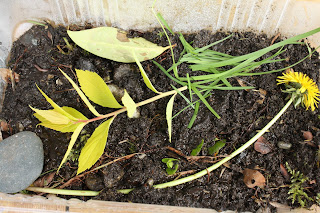This is a fun little craft project to enjoy with your munchkin on a rainy summer day (which we’ve had an abundance of this summer). These little bead bugs are cute and quite impressive looking, and are a fun fine motor challenge.
You will need –
Styrofoam craft balls
Pipe cleaners
Beads with large holes
Googley eyes (optional)
Cut pipe cleaners in thirds, and twist one end of the pipe cleaner into a small loop (to prevent beads from sliding off of the end). Show your child how to thread the beads onto the pipe cleaner (supervise little ones so they don’t mouth the beads). When your child has added several beads, help them poke the straight end of the pipe cleaner into the Styrofoam ball, then bend the pipe cleaner slightly in the middle to create a “bug leg”. Continue adding legs, and use two smaller pipe cleaner sections to create antennae. Finish your bead bug by gluing on googley eyes, or by simply drawing eyes on the Styrofoam using a ball point pen. This is a great little project for beginning beaders, as it is much easier to thread beads onto a pipe cleaner than onto a string.
Helpful Hints:
· If you don’t have beads or would prefer not to use them, cut drinking straws into short sections and thread these onto the pipe cleaner instead.
· If your child isn’t quite ready for this fine motor challenge, try this very simple threading activity: Cut the egg cups out of a cardboard egg carton, and punch a large hole into the bottom of each egg cup. Loop and twist one end of a pipe cleaner to prevent “beads” from slipping off, and help your child practice threading egg cup beads onto the pipe cleaner. A great introduction to this tricky concept!






